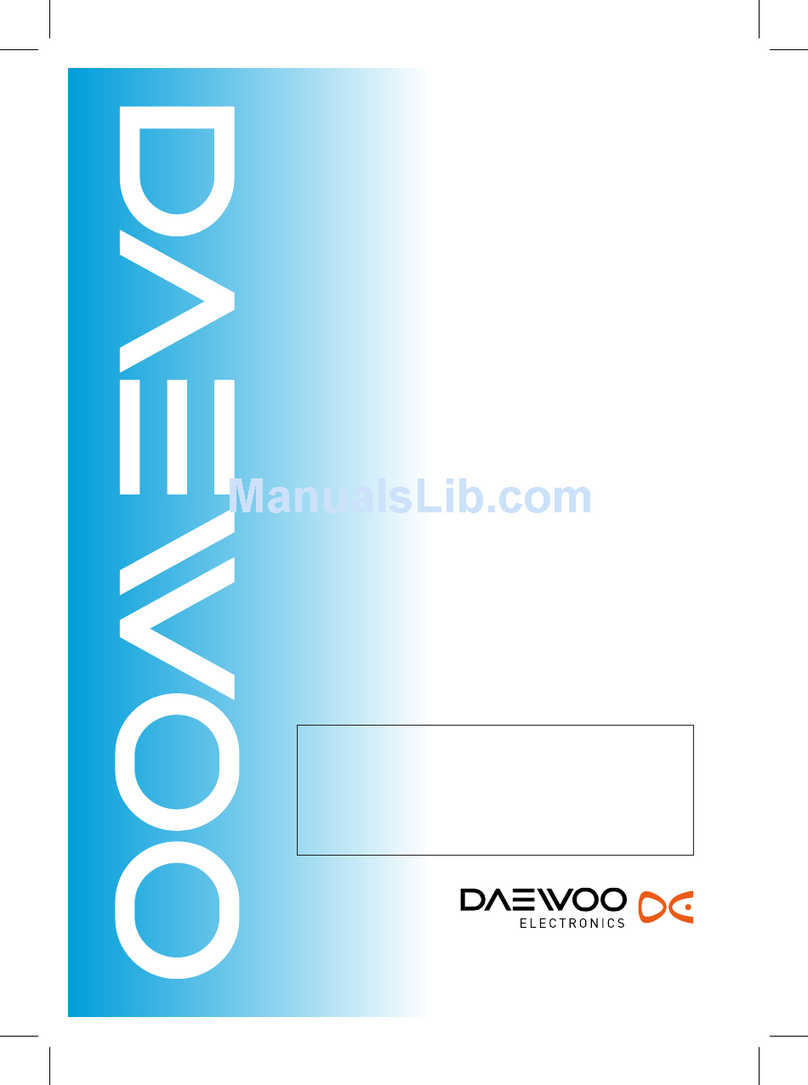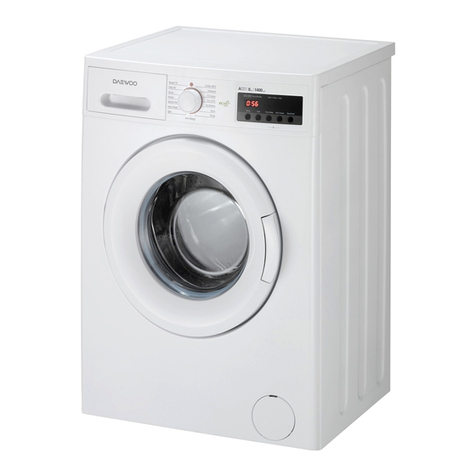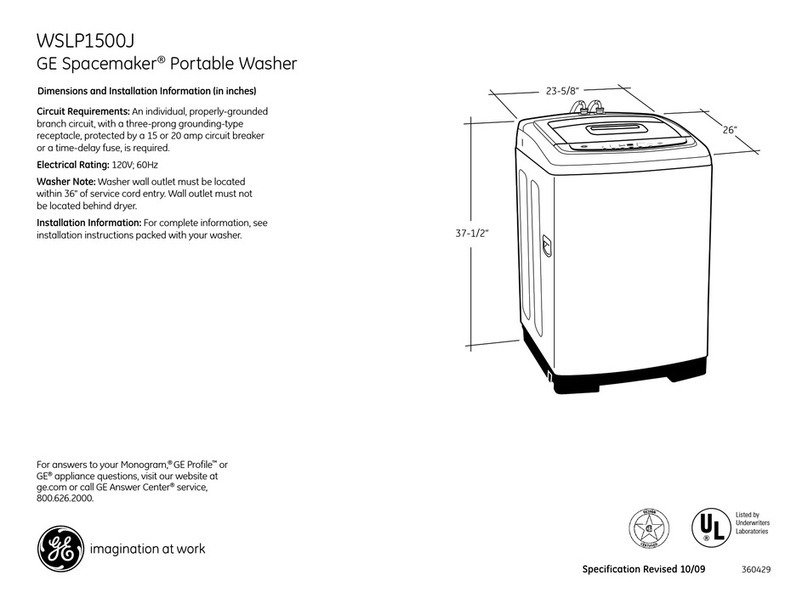Daewoo DWD-VF80M1 User manual
Other Daewoo Washer manuals
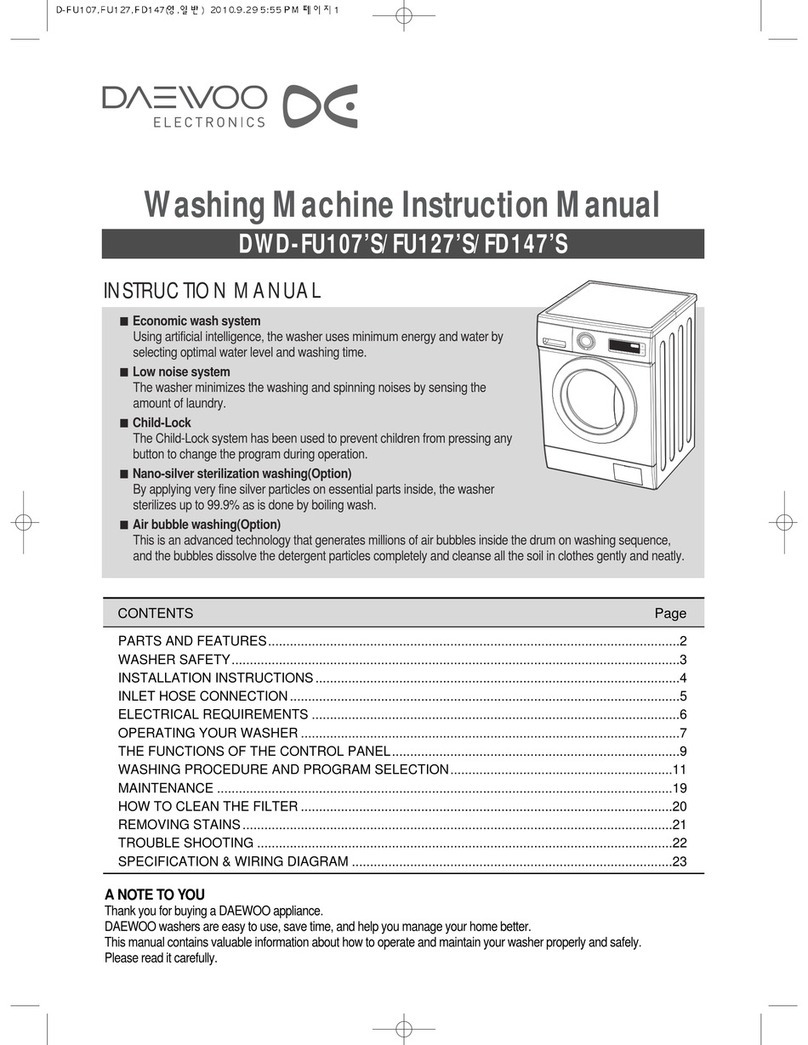
Daewoo
Daewoo DWD-FU107'S User manual

Daewoo
Daewoo DWF-1098 User manual
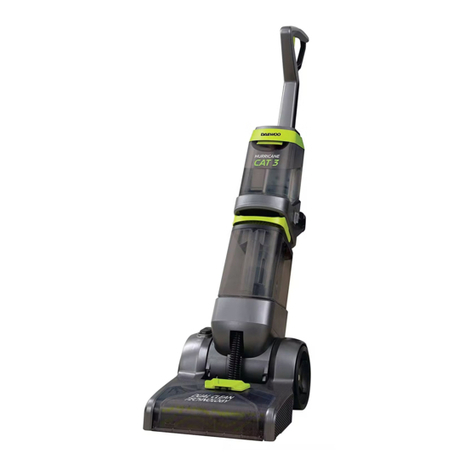
Daewoo
Daewoo HURRICANE CAT 3 User manual
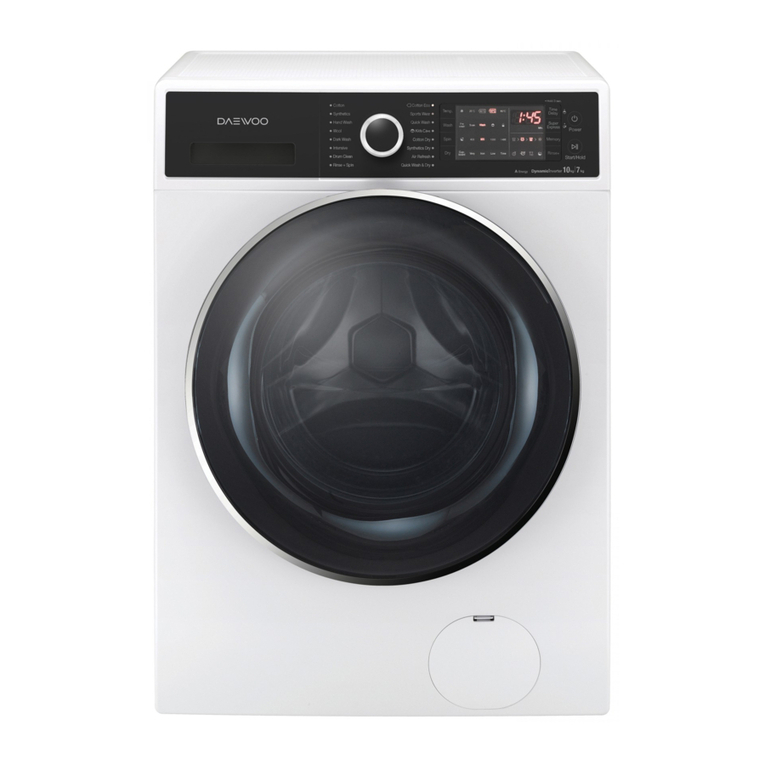
Daewoo
Daewoo DWC-ED1432 User manual
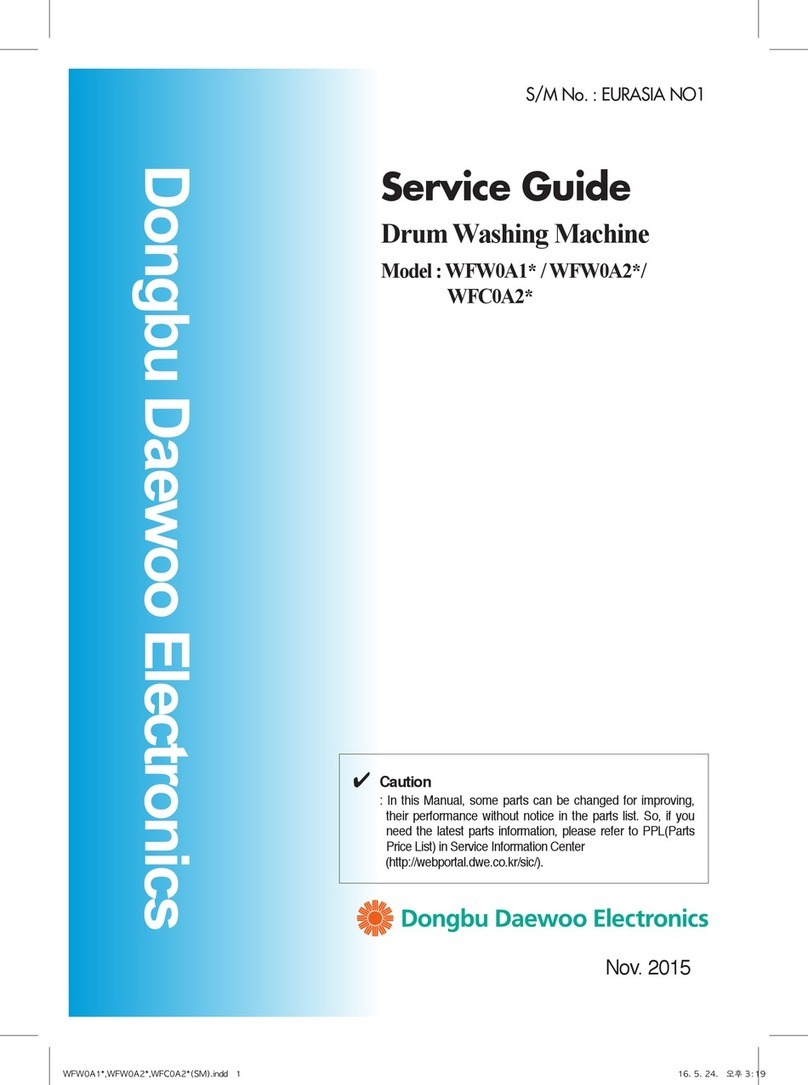
Daewoo
Daewoo WFW0A1 Series User manual

Daewoo
Daewoo DWF-750M User manual
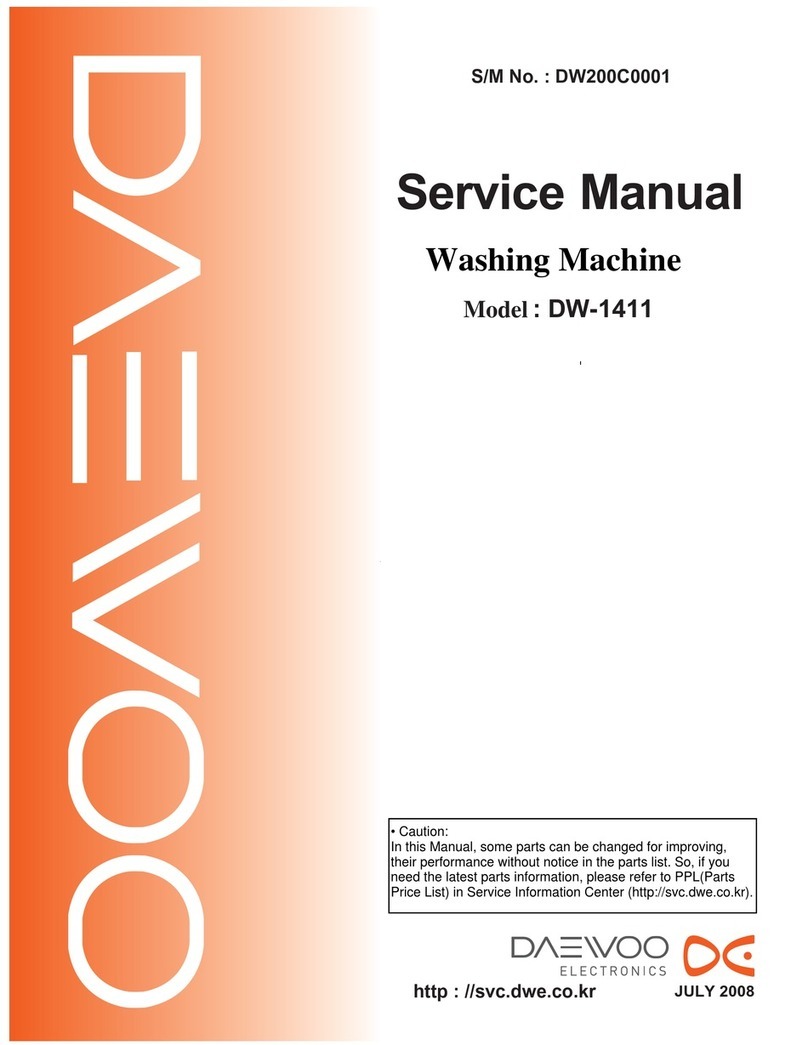
Daewoo
Daewoo DW-1411 User manual
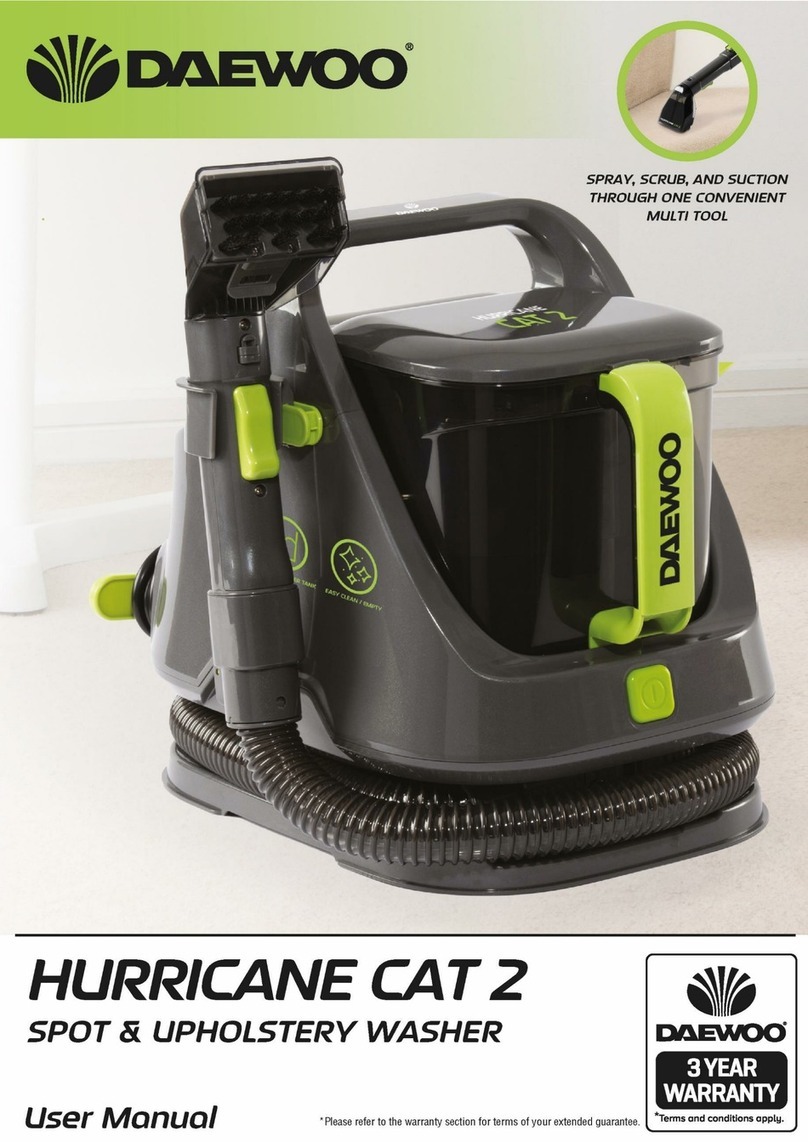
Daewoo
Daewoo HURRICANE CAT 2 User manual
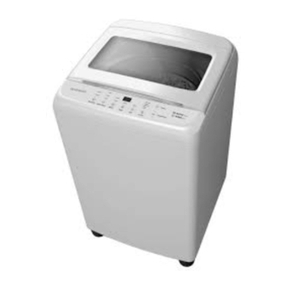
Daewoo
Daewoo DWF-ELC55BGN User manual

Daewoo
Daewoo DWF-900M User manual

Daewoo
Daewoo DW-2500 User manual
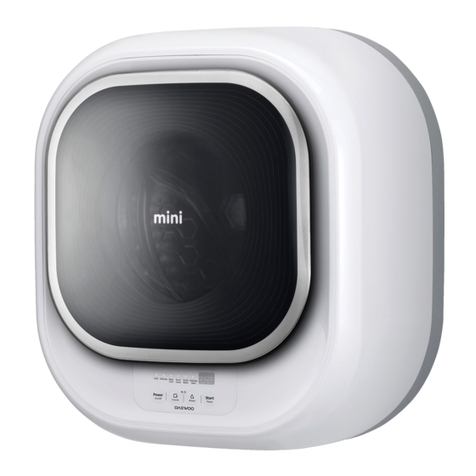
Daewoo
Daewoo MINI Series User manual

Daewoo
Daewoo WM812T1WU4RS User manual

Daewoo
Daewoo DW-3600 User manual
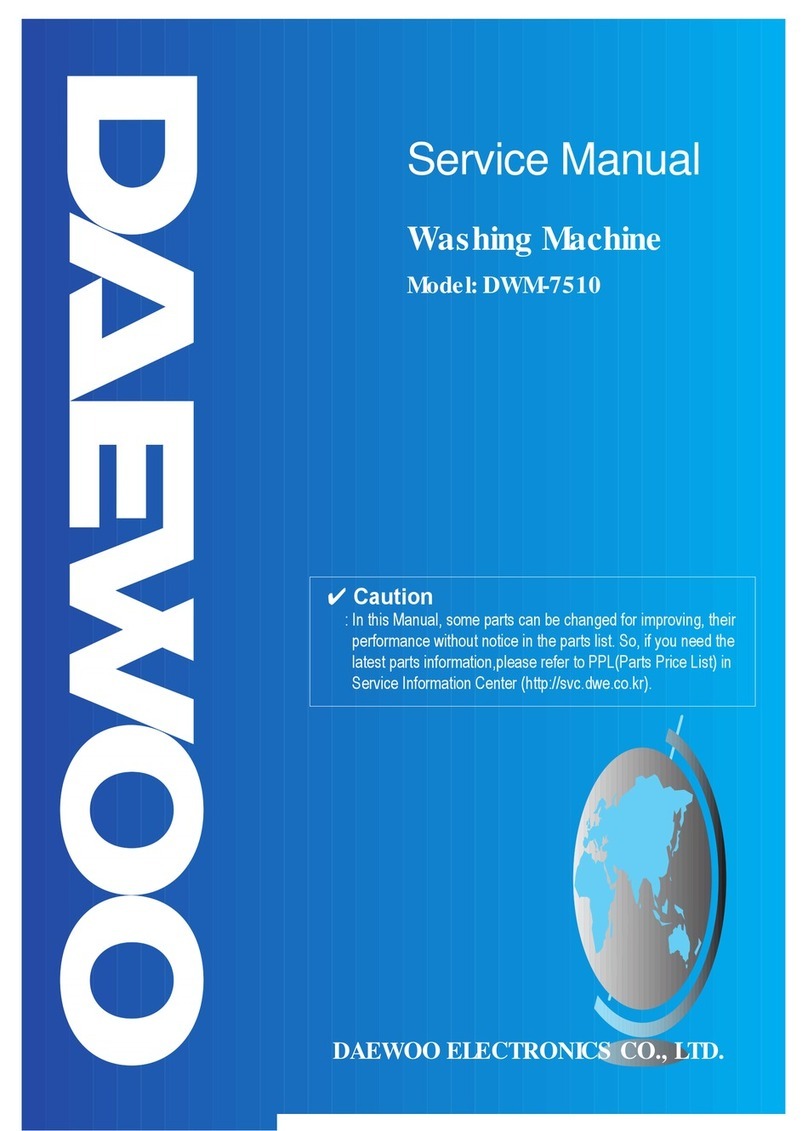
Daewoo
Daewoo DWM-7510 User manual
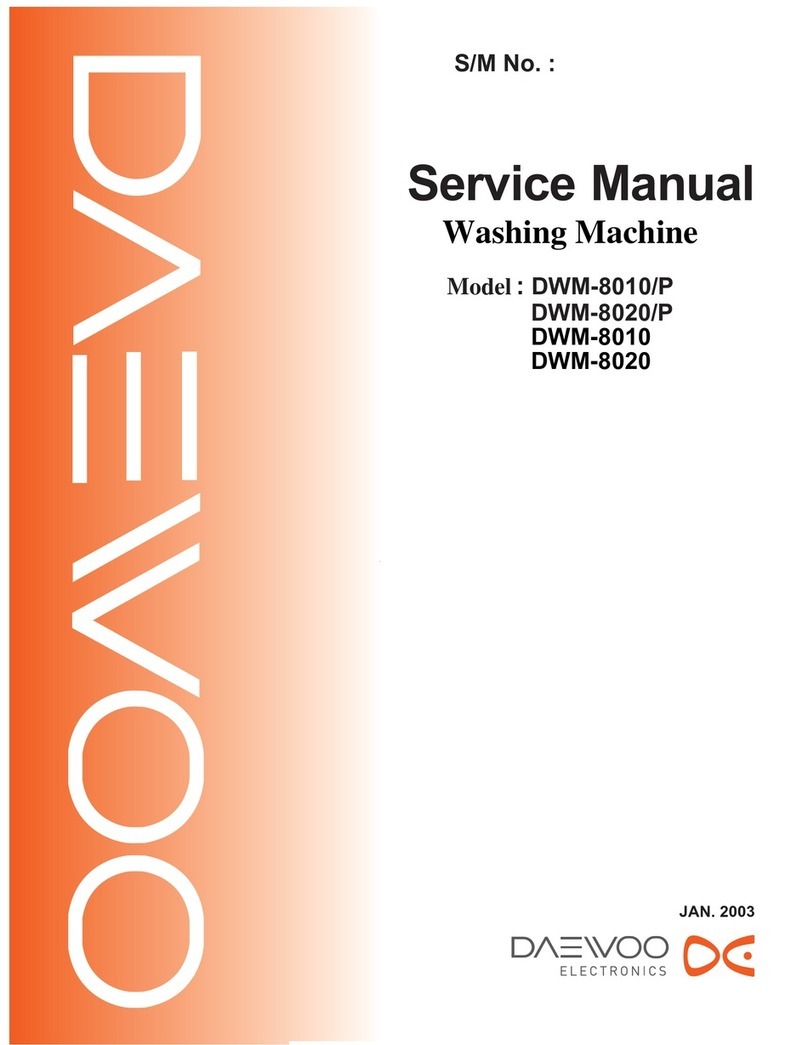
Daewoo
Daewoo DWM-8010 User manual
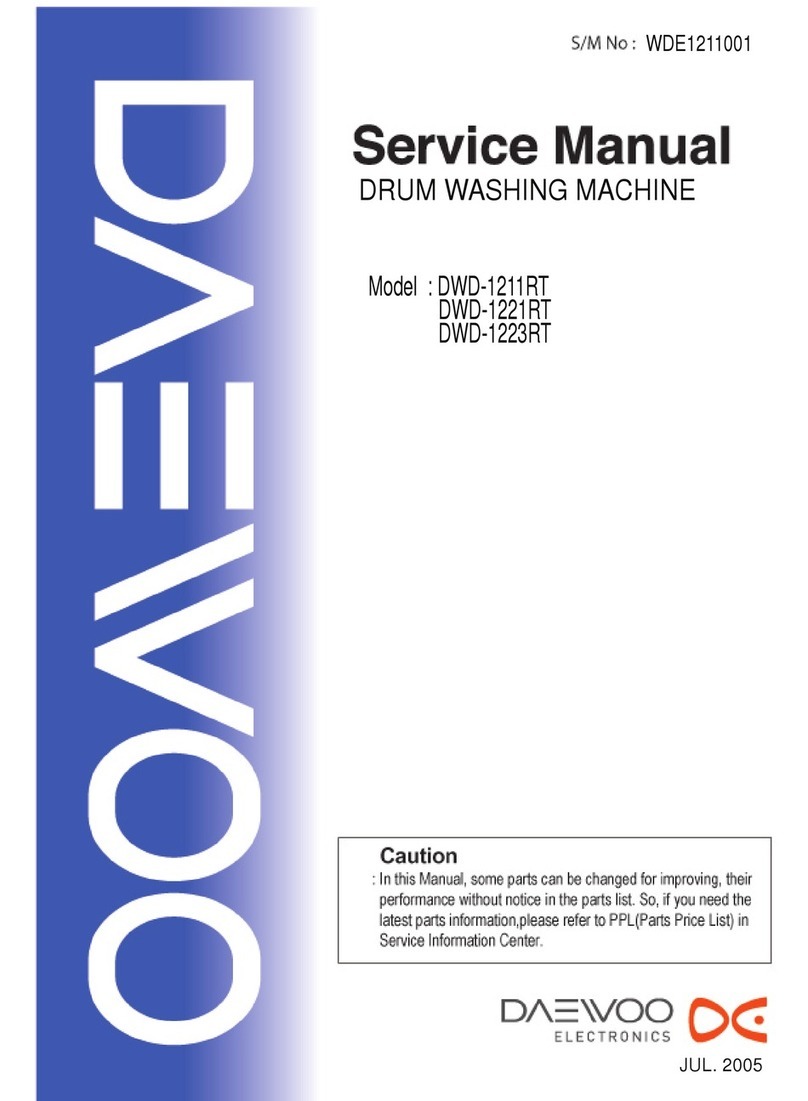
Daewoo
Daewoo DWD-1211RT User manual
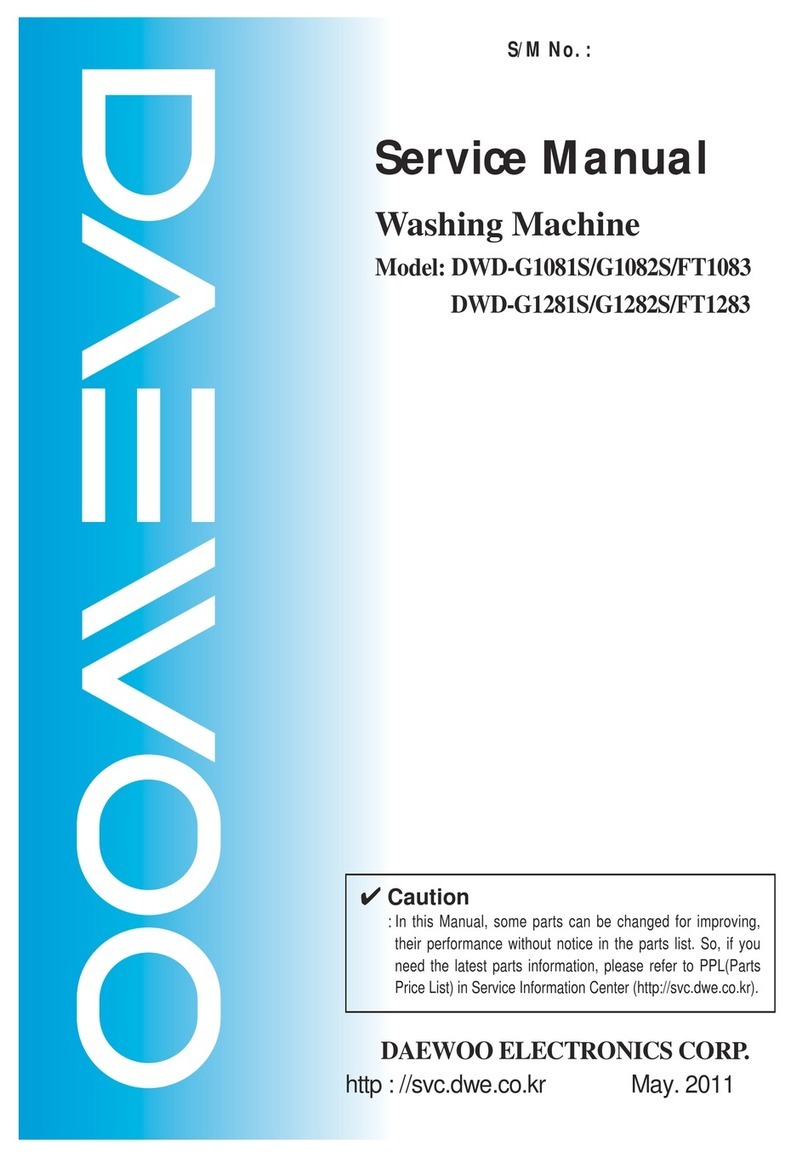
Daewoo
Daewoo DWD-G1081S User manual

Daewoo
Daewoo DWD-G1081TC User manual
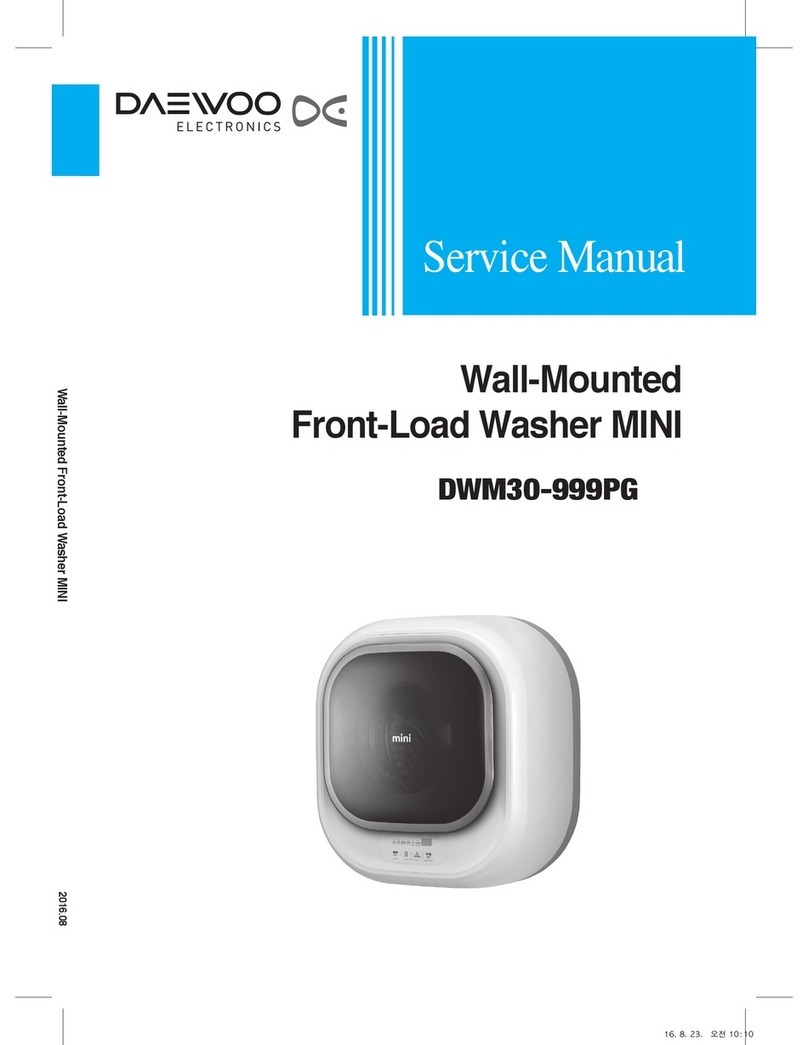
Daewoo
Daewoo DWM30-999PG User manual
